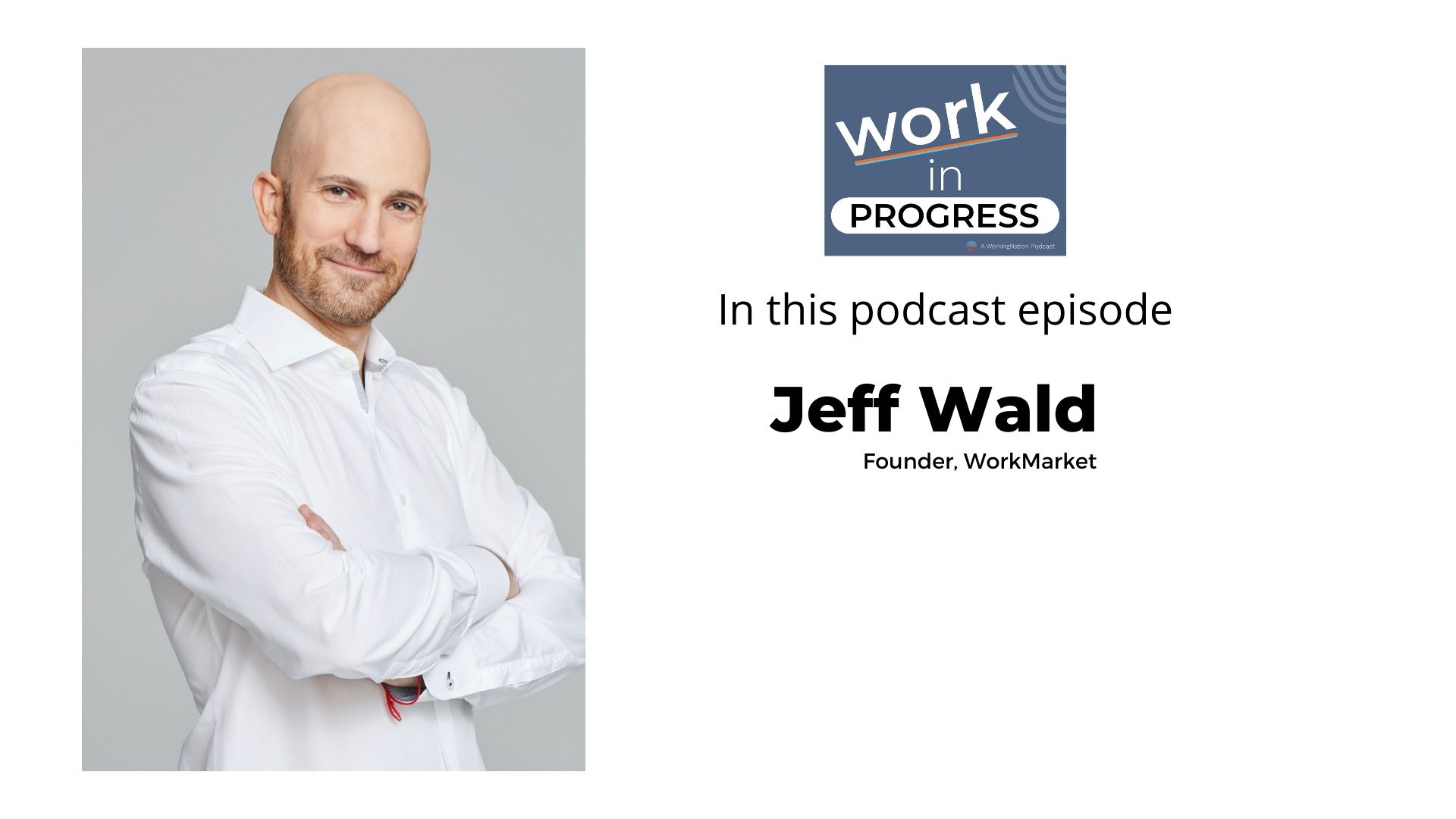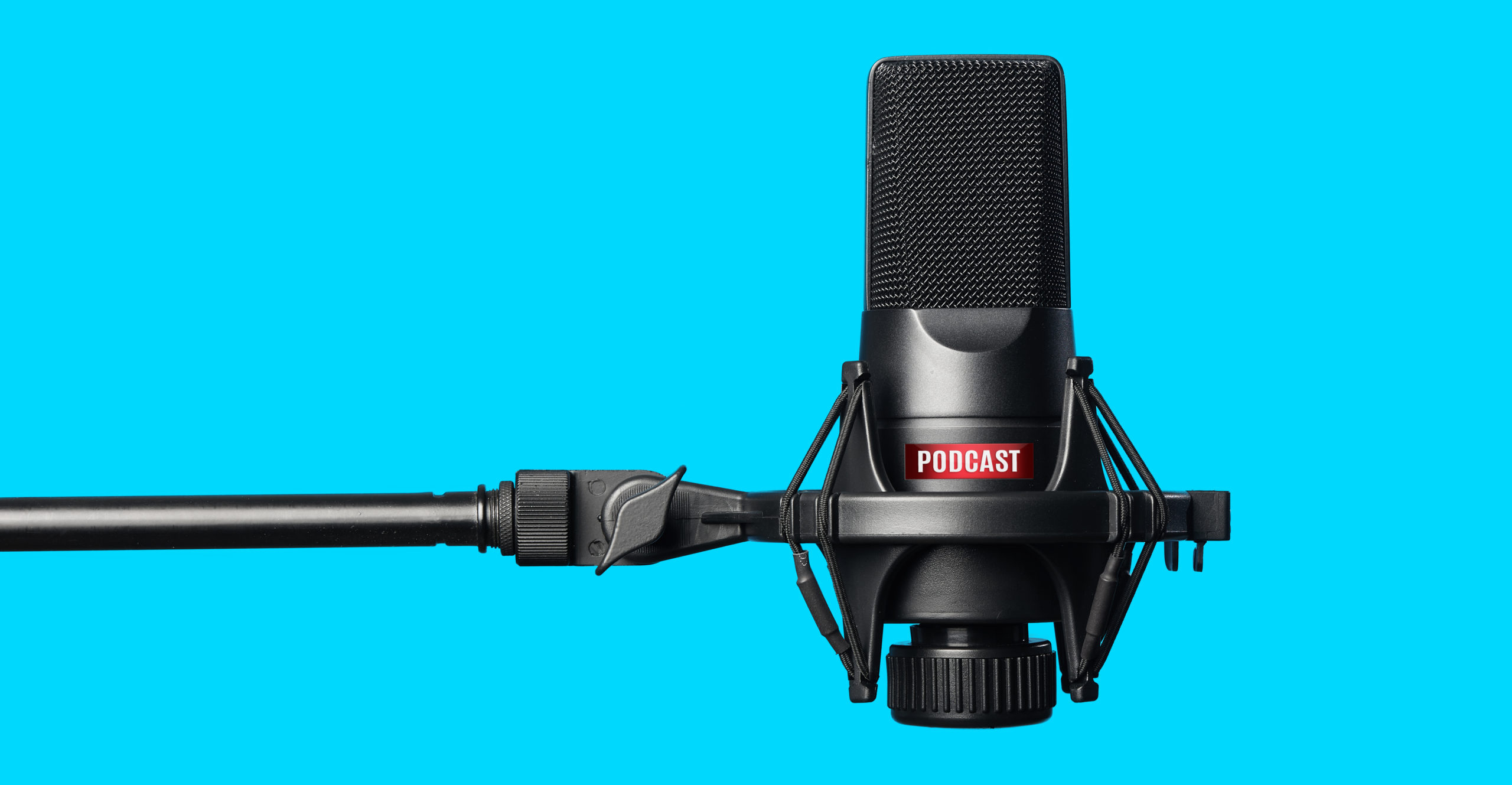Concerns about substance abuse in the workplace aren’t new. That’s why employers have policies, pre-screenings, and dependent upon the type of work, random drug testing. But the rapid increases in the sale and use of opioids over the past two decades have led not just to questions about how to manage employees who may have a drug addiction, but where to find employees without traces of opioids in their system.
The start of this trend can be traced back 20 years ago, according to a Centers for Disease Control report. It tracked a fourfold increase in the sales of opioid painkillers from 1999 to 2010, even though Americans did not report any increases in pain during the same time period. By 2013, the report says every American adult could have had their own bottle of pills.
A public health epidemic impacting the economy
“The current opioid crisis is clearly a public health epidemic,” says Dr. Lipi Roy, clinical assistant professor of New York University’s Langone Health. “Drug overdose deaths, mostly driven by opioids, has overtaken deaths by motor vehicle accidents and gun homicides.”
“The magnitude of this drug crisis is devastating,” adds Paige Ouimet, associate professor of finance for the University of North Carolina Kenan Flagler Business School, who conducted the first study on the impact of the opioid crisis on companies.
In terms of dollars, the cost of the U.S. opioid crisis is an estimated $1 trillion from 2001 to 2017. When it comes to the workplace, those costs don’t just come from managing current employees but trying to find new ones.
“In areas that have been hit hard by the epidemic, there are fewer available workers as individuals addicted to opioids withdraw from the labor force. Then, of the available workers, more opioid use will lead to higher rates of absenteeism, higher rates of on the job injuries, higher health care costs, and lower productivity,” says Ouimet.
“I think where we can see a significant effect is on the number of people ready and available to work. Opioid dependence appears to have contributed to a growing group of people who report they are not in the labor force due to a disability,” says Michael Pearce, senior U.S. economist for Capital Economics.
The declining labor pool
The late economist Alan Krueger found a connection between opioids and the declining availability of workers. Krueger found that from 1999 to 2015, the increase in opioid prescriptions led to a 43 percent decline in the labor pool.
“Labor force participation has been declining for prime-age men for decades, and about half of prime-age men who are not in the labor force may have a serious health condition that is a barrier to working. Nearly half of prime-age men who are not in the labor force take pain medication on any given day; and in nearly two-thirds of these cases, they take prescription pain medication,” he wrote.
“Labor force participation has fallen more in U.S. counties where relatively more opioid pain medication is prescribed, causing the problem of depressed labor force participation and the opioid crisis to become intertwined,” wrote Krueger, then the Princeton University Bendheim Professor of Economics and Public Affairs.
Hardest-hit communities
According to the latest U.S. State Prescribing Rates map by the CDC, Alabama has the highest opioid prescription rate, followed by Arkansas, Tennessee, Mississippi, Louisiana, Oklahoma, and Kentucky. “Opioid prescription rates and disability rates are highest in Appalachia and the South. The rise in disability rates has been pretty broad-based by education level, so opioids would appear to be affecting most industries,” Pearce says.
“Our results suggest that in areas that are hard hit by the epidemic, the businesses in those locations, are finding it harder to fill their jobs with workers who can pass a drug test. This could be new workers or existing workers,” Ouimet says.
Hardest-hit industries
As for industries, two that are already suffering from skilled labor shortages, construction and manufacturing are the hardest hit hard by the opioid crisis, according to Altarum, a nonprofit research and consulting organization that works with governments, health insurers, foundations, and nonprofits. Recent reports show that spending on opioid prescriptions is consistently 5 to 10 percent higher in construction than any other industry.
“We find the effect on firms is stronger in industries with higher rates of job injuries. The idea is that in these industries, firms have to be especially careful to avoid employing a worker abusing opioids due to the cost associated with on the job injuries,” says Ouimet.
Employers advised: Understand the opioid problem
Understandably, safety is the number one priority in many workplaces, which is why the National Safety Council (NSC) acknowledges some of its recommendations on how to work through the opioid crisis’ effect on current and future employees could be difficult to implement. The organization released a free Opioids at Work Employer Toolkit as a resource to address the opioid issue. Only 17 percent of businesses feel extremely well prepared to tackle this problem.
The NSC offers some insights that companies may want to consider, in light of the low unemployment rate and difficulty filling jobs that are open. First, while substance abuse and addiction are not new issues, the NSC says opioids are distinctive.
Learn More About Opioids in this video from WorkingNation Partner, Psych Hub
“What makes it tricky to navigate is that opioids are legal and prescribed for people to be taken during the day. Many workplaces have alcohol policies—you can’t be drunk at work. But a lot of workplaces have holiday parties and events where alcohol is present—it sends a mixed message,” says Rachel Cooper, the NSC’s senior program manager of substance use harm prevention.
“Opioids are complicated. Frequently when I hear someone started with a prescription pain killer, 53 percent say they’re using someone else’s medication. So, whether prescribed to them or not, they’re starting with something they think is safe because it’s prescribed by a doctor.”
Employers advised: Reconsider pre-employment drug tests

“Since there’s trouble hiring, and we don’t want to necessarily blanket an entire set of people because of positive drug screenings — and we’re seeing employers struggle with that as a common reason — we see some organizations are linking prospective employees into their employee assistance programs (EAPs). The employee is required to work with human resources, the company, the EAP and their medical provider to complete whatever treatment is set in place prior to taking the job, as a condition of getting the job,” Cooper says.
A similar approach can be taken for employees already on the job who may test positive during a post-incident or random drug screening. Working with EAP and the employee’s healthcare provider may enable the individual to return to work during or post-treatment.
Employers advised: Reduce the stigma of addiction treatment
Third, inclusive language and an anti-discriminatory environment can contribute to longer-tenured employees, the NSC says.
“When you think about 75 percent of people who have a substance use disorder are in the workforce, you don’t necessarily know that because it doesn’t manifest itself the way we think it does. For opioid users, they don’t show up to work intoxicated or smell of marijuana and have paraphernalia in their car,” Cooper says. “We encourage employers to have a supportive workplace to reduce the stigma of substance use disorders. Ten percent of Americans live in recovery, so recovery is possible.”
Just as chatter about lost jobs and discrimination can spread, so can the buzz about a workplace program that’s helping employees. Stories of a recovery-friendly culture and successes can be encouraging to those currently struggling and those who may struggle in the future. Roy agrees with this approach.
“Substance use disorder or addiction is a chronic health issue; it is not a sign of moral weakness or failure. As such, it should be treated as any other chronic medical illness (heart disease, diabetes, etc). Employers need to be mindful of their employees’ health and work together to get employees the treatment they need and deserve,” she says.
Watch more videos on opioid addiction and treatment on our WorkingNation page on Psych Hub.
You may also like:
The opioid epidemic’s toll on the long-term unemployed
Dr. Anita Gupta on effects of the opioid crisis on the workforce











